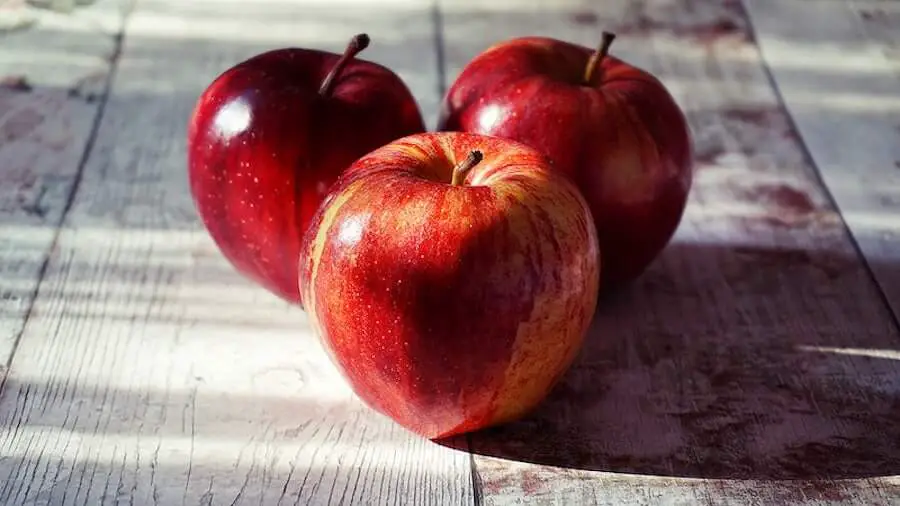How can an inanimate object be attractive? The still-life photography will tell you. Once you try it, you wont want to step out.
A still-life photograph involves multiple elements. When learning about this field, you discover the most fantastic way to bring out the best of each element.
Today, we will cover everything about this concept. Lets follow our post and learn how to master still-life photography skills!
Table of Contents
What Is Still-Life Photography?
Still-life photography is a style of photography used to capture images of inanimate items, usually a small collection. It is the integration of photography into the still life creative idea, much like still life painting.
Compared to other photography genres, this one offers the photographers more freedom in how to arrange the components in a composition. Essential features of the composition are framing and lighting.
One of the greatest things about still life photography is that you can be creative as much as you can and feel free to test your skills.
This concept allows you to lay everything around your studio or even your house. Plus, it wont require much equipment.
If all of the traits above cant persuade you to try it, think about how much money you will get from it.
Many business industries need this idea of photography. So its not only art but also about paying the bill.
Types Of Still Life Photography
The still-life photography world is enormous, so you may have come across many types. The most popular ones are:
Tabletop Photography
The most prevalent still-life photography style is tabletop photography. This term pops up in our mind first when someone mentions still life photography.
Tabletop photography refers to the art of taking pictures of a small thing that can fit on a tabletop. The object is anything the photographer chooses, as long as its motionless.
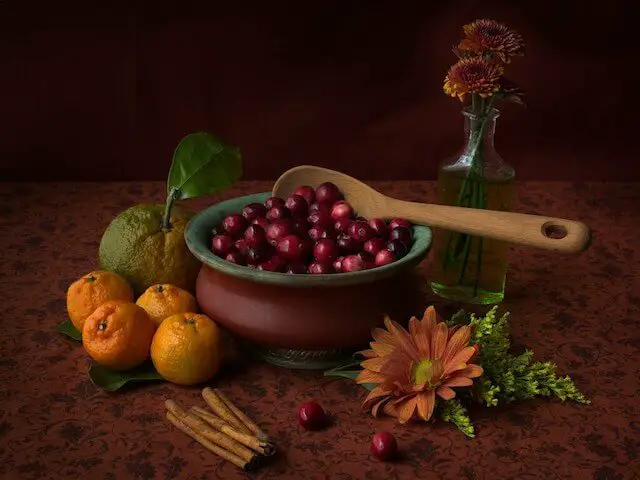
Product Photography
Product photography is yet another popular illustration. We consider it a form of still life photography because it entails photographing inanimate objects.
The key difference between the tabletop and product styles is that the primary objective of product photography is to display a product.
These images usually focus on presenting a fresh, straightforward view of the item. The shots call for a high degree of art and creativity.
Many photographers choose product still-life photography as a way of earning their living.
This category has a high demand as businesses want to use eye-catching photos of their products to attract customers.
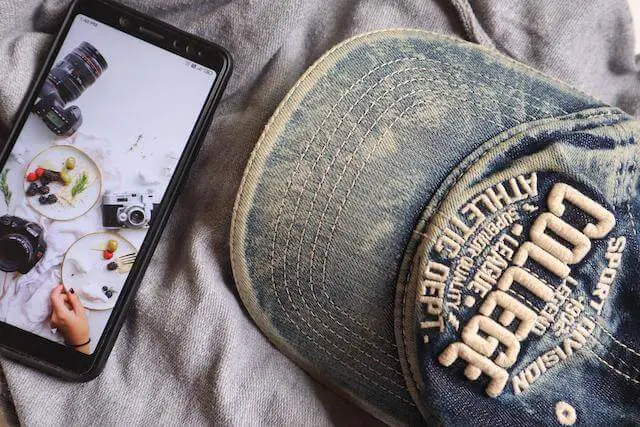
Food Photography
The prime focus of food photography is usually to show food in an appealing way. This concept shares something in common with the product style.
However, establishing the setting by placing food items and serving pieces around the subject is typical in food photography. We dont have such things in product photography.

Found Object Photography
Even though found object art sometimes involves changing an object or displaying it in an unconventional setting, it can still be a subset of still life photography.
For instance, the artist may use household objects like food and flowers to create fantastic and thought-provoking photographs.
Even though they are still life works, they go above and beyond to encourage viewers to explore the subject in new ways.
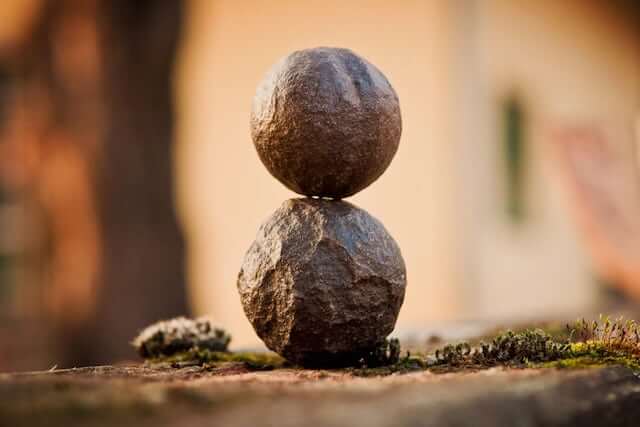
Equipment For Still Life Photography
As aforementioned, the ease of getting started with still life photography is a huge advantage. Your studio can be nothing more than a table next to a window.
Since the layout of the objects is crucial to still-life photographs, you can try exploring with arrangement with the tools you already own. Beginners can also take a good photo without a top-notch camera.
However, on your way to becoming a professional still-life photographer, you dont want to miss essential tools for every photo you take.
Lighting
Lighting is one of the best methods to set a mood or evoke interest in your photographs when your theme is an ordinary item.
Reflectors
You can improve the lighting in your photo with the aid of a light reflector.
This affordable and simple tool lets you manipulate the natural illumination in the scene without adding extra lighting equipment.
Light reflectors might be helpful whether youre trying to lighten some shady area, better brighten the subject, or accent the textures in the artwork.
Light reflectors are also rather simple to obtain. For instance, a 5-in-1 folding light reflector features gold, white, transparent, black, and silver surfaces. This model only costs around $20.
Alternatively, if you prefer a DIY solution, you may easily create your own light reflectors with tin foil and cardboard.
Speedlights and Strobes
The next thing you should research is a strobe or speedlight. You can avoid relying on window light by using an off-camera flash and strobe to brighten the area.
A strong light source will also make your pictures look more professional. You can also use it to generate fascinating effects like subdued photos.
A speedlight, also known as a hot shoe flash or flashgun, is a wonderful starting point. Its less expensive than the strobe and will be more than sufficient for many still-life photographers.
Although more costly, strobes come with more features. By modifying their settings, you will be able to alter the lights brightness.
The strobe often has a modeling light that assists you in finding the position where you can achieve the best lighting effect.
Softboxes
To achieve harmonious lighting in your photo, you can use a strobe or speedlight. Yet, you can have a better effect when using it with a softbox.
This box is in charge of diffusing the light from the strobe or flash into an even, soft illumination. Hence, it can avoid the harsh shadows effectively.
The softbox also substantially decreases spill light and aids in precisely directing the light where you want it to go.

Lenses
You dont need a vast selection of expensive lenses for still-life photography, but its great to have some high-quality lenses handy.
Still-life photographys topics are frequently limited. Hence, you certainly wont need wide-angle lenses. If your field of vision is too broad, youll catch a lot of extra space that you will crop out later.
Here are a few suggestions for selecting lenses for this photography concept.
Close-up/macro lenses
You can play with multiple perspectives in your still lifes by using close-up or macro lenses.
They enable you to come as close to the subject as you like by offering lower minimum-focus ranges, leading to more fascinating layouts.
Telephoto lenses
The best lenses for still life photography are telephoto ones.
One benefit of using these lenses is that you can completely cover the frame with the subject, thanks to their narrow view angle.
You may establish a very narrow point of focus by focusing on a certain area of your subject. The exceptionally shallow field depth allows you to do so.
For example, you are shooting a flower using a telephoto lens. Then, you can choose one flower as the centerpiece and blur the background flowers.
In this manner, the lens helps you experiment with more compositions. Ultimately, you can find the best effect.
Cameras
When it comes to cameras, still life photography doesnt have many technical requirements. It gives you more control over the scene than any other approach.
For example, since youll likely be working inside, youll have plenty of time to prepare the scene and tweak the illumination.
Therefore, there is no need to spend a lot of cash on a top-tier camera with features like sturdy weatherproofing, quick continuous shooting settings, or the ability to work in harsh lighting conditions.
There arent many requirements for the camera itself. When shopping for a still-life photography camera, you should pay attention to megapixels and dynamic range.
Megapixels
Quality is crucial in still-life photography; thus, you need many megapixels to take a high-quality base photo.
Then, you adjust the photo in Photoshop. If the photo is too low in megapixels, you have trouble zooming in on the object to perform tasks like cleaning.
However, having many megapixels poses difficulties regarding the computational power needed to handle all the photos.
Dynamic range
In case you need to extract details from shades, owning a camera with a reasonable dynamic range would be excellent.
A full-frame camera that shoots valid 16-bit files, with a vast viewfinder cover and other features, would be amazing.

Setup
Your still-life photographs can improve with props and other items. Although these tools are optional, they can give you a hand for shooting nice pics.
Its necessary to have a sturdy tabletop to set your stuff on. You also need tried-and-true objects for evoking specific moods or motifs, such as dried flowers.
You might want to invest in a tripod to keep your camera stable when setting up the scene. This idea is nice, especially if you have a heavy camera.
Remember that you cant hold a bulky camera for hours and wait for the best shot.
How To Take A Good Still Life Photograph?
In still life photography, the subject and surroundings are entirely in the photographers hands. However, to do so specially and engagingly, you must use extreme creativity.
There is no limit to creativity, but to make things easier for you, we have gathered the top tips that help you take good still-life photography. They are also important components of a successful photograph.
Choose a subject
Choosing what to shoot is totally up to you. Look around your home to see if you can pick something simple yet entertaining to start with.
Think outside the box without going too ambitious. Also, dont feel like you can only choose flowers or fruits just because other people do the same.
When something grabs your attention while youre out, bring it home with you or take note of it so you can remember to take a still-life snapshot of it later.
To start, avoid reflective surfaces like metal or glass since they will make illumination extremely hard.
Once you have nailed the single object photos, try combining items with different shapes, colors, and materials to see what you can create.
You can try these subjects in your next project:
- Flowers
- Food
- Jewelry
- Tools and garden equipment
- Nature
- Found objects
- Random outdoor objects
- Household objects (a cup of coffee, silver cutlery, wooden spoon, etc.)
- Stationary and art materials (pencils, paintbrushes, books, etc.)
- Vintage items (lamp, clock, notebook, etc.)
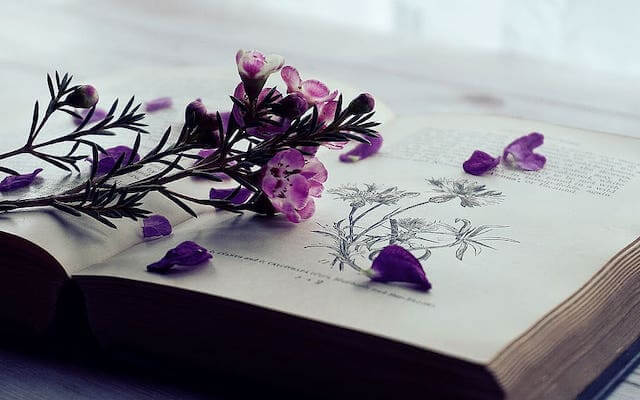
Experiment with the lighting
In photography, lighting is crucial because there is no picture without light.
You can take amazing photos with the perfect lighting. Hence, employ the best lighting in the proper intensity or strength coming from the correct direction.
Natural light is excellent for most sorts of photography because it is available everywhere. And the optimum lighting for still life photography is soft light.
If the illumination is too intense, you can work on overcast days or choose other days. Employ white curtains or other materials to filter the light hitting the subject or scene when photographing still life.
The light sources direction is the second thing to take into account. We recommend two methods, both of which create enticing soft shadows and give the photo depth:
- Side illumination: Using natural light for side illumination is one of the most attractive and simple ways to highlight a subject.
- Back illumination: Lighting your subject at a modest angle from the back will aid in taking dramatic photos.
Moreover, you can test different lighting configurations to see how they look, such as top-down, slightly lower, etc.
Here are some other things to keep in mind when setting the light:
- Dont mix different types of illumination. If you use natural lighting, turn off all the indoor lighting sources. Otherwise, they will the white balance, changing the hues and vibe of the photo.
- Avoid lighting the subject directly from the front as it will result in a flat appearance. Use reflectors to rebound some light onto the shading if any spots need their shades covered.
- Hard lights can be good sometimes. Depending on the subject and lighting, this light might aid in dynamic photographs. It can also fascinatingly frame the subjects.
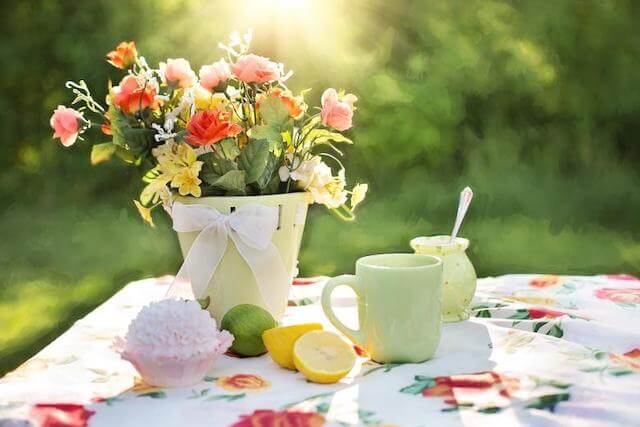
Work with angles
Trying different angles is a terrific way to improve your still-life photographs.
You cant find the best angle until you move around the set and shoot the subject from various angles.
Thanks to the multiple angles, your creativity will start to flow, and your photo will take on a whole new look.
Imagine a cake that looks like a rectangle from the side but a circle when taken from the top.
Because items further away look bigger than those closest to you, and vice versa, the angle is also different.
You can have completely different photos by simply shifting your position.
Because of this reason, youll notice that photographers are constantly moving, even when shooting portraits or taking pictures of plain objects.
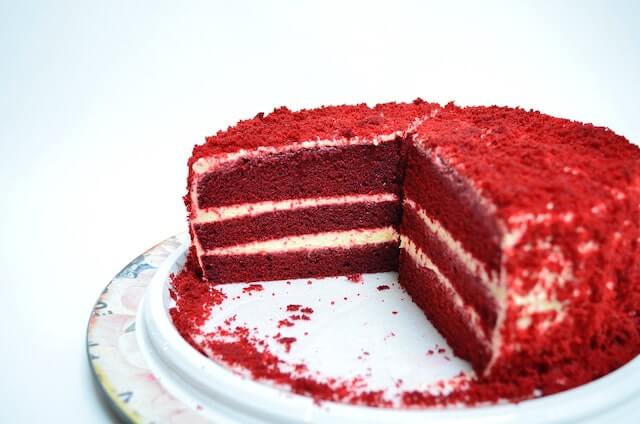
Choose the backdrop
The success of your photographs will depend significantly on the backdrop you choose for the subject. Its ideal for making it simple so that it doesnt distract from your subject.
The best background would be a huge sheet of white paper or a wall. The backdrop in a plain color is fantastic too.
Consider how the backdrop you choose will contrast with the subject. A neutral background or one in a complimenting color can also work.
Use photography props
Props are any items used to enhance and clarify the main subject of a photograph.
A still-life photographer occasionally includes specific props that serve as compositional components to create an appealing shot.
The placement of props is a crucial photography technique for still life compositions and is famous for creating iconic still life photographs.
If you intend to buy a lot of props, it can also become costly and addictive. And thus, our recommendations are as follows:
- Consider your options thoroughly and get a few high-quality neutral ideas that you can use repeatedly.
- Check the cabinets and drawers of your house and your friends houses; you could be surprised by what you discover.
- There are some great deals, so search in second-hand stores and at people selling things on the internet.
- Have some dishes, serving sets, unique cutlery, and tea towels in the patterns you like.
- Do not choose anything shiny. Its better to work with matte to reduce reflections and highlights.

Set up the layout
You have everything ready at this stage. Now, you need to arrange them in the suitable composition to establish a specific mood.
The compositional principle known as the rule of thirds is the most commonly discussed and can serve as the foundation for photo composition.
The rule of thirds serves as a general rule for photographers and painters.
According to this rule, you will acquire a more aesthetically pleasing composition if you divide the composition into thirds, either horizontally or vertically, and then set focal parts of the scene at their meeting points.
Besides, you can experiment with other rules of composition. Some other must-try rules are the golden spiral, the rule of odds, negative space, visual balance, contrasting hues, etc.
Even better, you can select a color scheme and gather objects of the same hue for a still-life shot. Dont forget to analyze still-life images for abstract layouts.
We recommend some composition ideas as follows, but dont be shy to test with your own ideas:
Traditional composition
A traditional composition is as simple as setting fruits in a bowl or a fruit in front of a flower vase. You may have seen such photos in many places.

A flat lay
An excellent choice for something a little unique is a flat lay setup.
Your still-life objects will lay in the background, and you will then need to take a shot from straight above.
Since you are simply shooting down onto one surface, flat lay compositions are frequently simpler to establish than traditional still-life settings.
You can generate a balanced and cozy composition. This setup also allows you to move the objects around quickly until you feel pleased with the effect.

Shoot close-ups
Shooting close-ups is another method to get gorgeous still-life photographs. It works very well when shooting flowers and the natural world.
The iPhones built-in lens does a professional job of focusing on close-up objects. Yet, you should be careful not to get too close to them because that will prevent them from focusing at all and cause the object to look blurry.
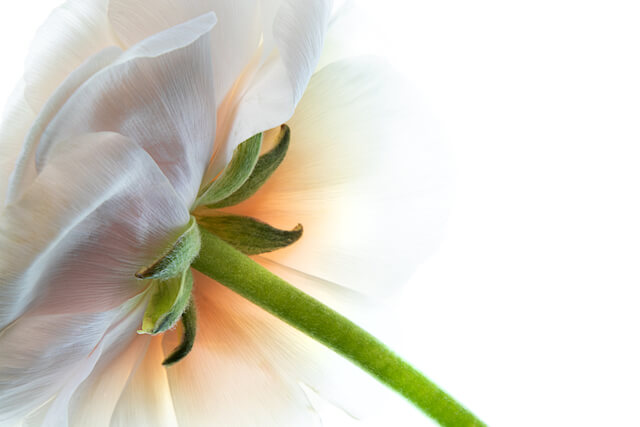
Compose the shot
Its time to take a shot after preparing the subject, backdrop, props, lighting, and composition. Feel free to shoot from various angles until you feel satisfied with what you have taken.
Learn from masters
Artists need inspiration for their works. But where can you get it?
Looking up renaissance artists online and studying the elements of their masterpieces will be a big help.
Studying these artworks, you may improve your knowledge of form, hues, and how colors combine.
They should provide you with some inspiration for how to structure your photographic work to create compelling and impactful shots.
Train your eyes
Look for a free day in your schedule and block off some time for practice.
Try putting your camera and background near a window in an area with enough light, then start taking pics!
Once youve perfected the basics, try being creative and play with the camera and angles as well as other types of lighting, like candles or lamps.
Focus on the post-production process
Editing is a critical step in the photography process since it enhances the photographs mood, illumination, and colors.
Look through the pictures and pick the greatest ones to edit.
- If you use a smartphone to take the pics, you can modify them right there. Excellent editing tools include Adobe Lightroom Mobile, VSCO, and Snapseed.
- Import the photos into a post-processing software like Lightroom if youre working on a computer. If the image needs to have any dust specks or other distracting objects eliminated, clean it up.
- Align, crop, arrange, and, if required, customize the white balance.
- Adjust the foundations, such as the exposure, brightness, shadows, and highlights.
- Keep the brightness a little bit lower and experiment with the tone curves to give the pictures a gentle fade for moody shots.
- If any elements benefit from a little more sharpness, give them some texture and clarity.
- Raise the vibration a little bit to give the photo more life. In the HSL section, you can manipulate particular colors.
- Use the paintbrush tool to work on small adjustments to highlight details in shadow regions or dodge specific sectors.
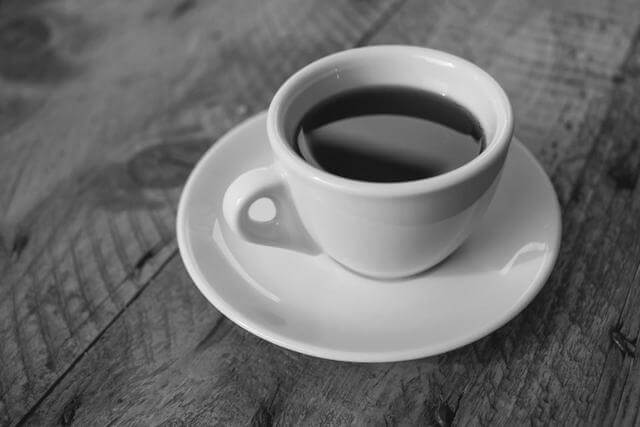
Ideas For Still Life Photography
Above are some fundamentals for taking a still life photograph. You can boost your artwork to the next level by trying these ideas.
Low-key versus High-key lighting
Lighting options include both low-key and high-key. The still-life photographs frequently use these lighting configurations.
High-key lighting gives a smooth, spacious appearance, whereas low-key lighting creates a gloomy, moody atmosphere.
Shiny objects
Using a shiny object against the black backdrop can establish a striking effect. You can also use vivid colors on that background for the same vibe.
This idea works best when you want to highlight the object. Construction is an effective tool for this purpose.
Simple versus Complex
There are several choices available to you as you set up your still life setting.
But you have to face many questions, like which background to use, how many lights to set up, and what accessories to add.
The KISS (Keep it simple, stupid) principle applies to all these questions. Nothing is wrong with creating a complicated pattern. But if in doubt, try to make it simple.
According to the KISS design concept, designs and/or processes should be as straightforward as possible.
You can guarantee the highest levels of user acceptability and engagement through simplicity.
Black and White
Switching between color and grayscale is an excellent practice to improve your still-life photography.
Black and white photography gives objects a different feeling you can employ to further your artistic vision.
Play with shapes
In the hands of a photographer, a metaphor is a potent tool.
Even if you dont look attentively, you can still create a stunning photo out of unusual relationships between inanimate items.
Comparing topics that are different yet reflect the same trait is all that is essential. It could be a formal similarity like their hue, shape, or anything else.
For example, balloons and oranges have round shapes. So you can arrange the orange slices to form a bunch of balloons.
Add some words
Photographers use their artworks to convey messages. They can even do it physically at times.
Dimensional typography plays a role here. You can make the texts using chocolate, spices, flowers, or stationary clips.
Finding objects similar to letters with the same subject is the easiest method to get started. Choose a theme, such as candy, flowers, toys, seasons, or anything else you may think of.
Utilizing a template is another wordplay idea. You can print the text first and cut it from a piece of paper. Then, fill your template with free-flowing objects, like sugar or confetti.

Experiment with patterns
Patterns are always attractive. Lines of contrasting objects have a soothing effect. Also, its the best technique to form a striking image using little props.
Pick a topic that speaks to you, such as confections, fruits, leaves, ceramics, embroidery supplies, or accessories.
Then, gather your materials, set your camera, and frame your image, working from larger to tiny details.
For instance, a picture of checkerboard-patterned biscuits seems uninteresting.
But you can sprinkle some lemon zest to fill in the gaps and some chocolate chips around them. Your pattern is now appealing to the eye.
Dont be monotonous! Try to test with different colors and break the pace. Your artwork will become much more exciting.
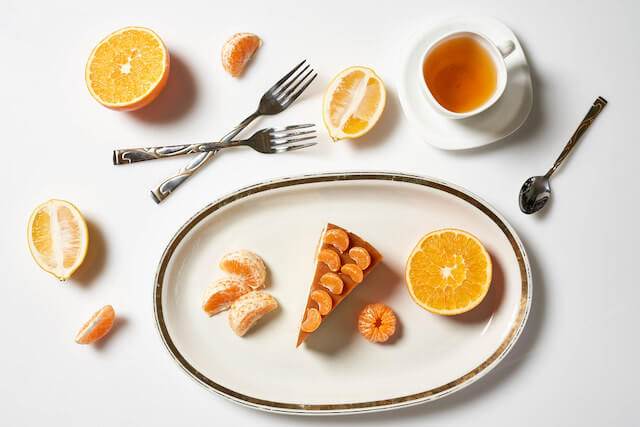
Tell a story
Any detailed approach to photography advice will insist that storytelling is at the heart of photography as a form of art.
No matter the genre you deal with, your photographic portfolio should look like a graphic book filled with ideas and creativity.
Similar to narrative art, still life photography is a brilliant genre for depicting inanimate objects in still life.
When a photograph tells a story, the viewer immediately engages in it. Make sure your photography delivers a hidden story to make great still-life photographs.
Use chalk drawings
Another terrific trick is usually to include real objects in a flat drawing. You can turn simple objects into something else with a few chalk lines.
You should use wet chalks to draw. They will look blurry at first. But when they dry, you will see a stunning picture.
Conclusion
Still-life photography comes with many elements. You also have to learn various skills to shoot a nice photo.
However, with passion, we believe you can achieve your goal one day, and viewers will appreciate your artwork soon.
Learning photography can last for years. If you have any difficulty in your journey, feel free to contact us. We are always willing to help.
Thank you for reading!

